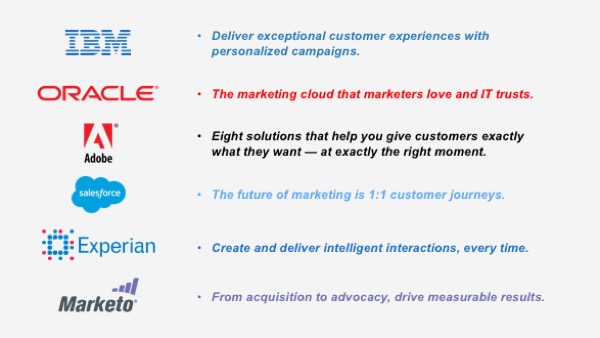

One of the more amusing moments at MarTech Europe in London was when Jeremy Waite — currently a strategic marketing evangelist at IBM, but previously with Salesforce Marketing Cloud and, before that, Adobe Marketing Cloud — presented the results of an experiment he conducted with IBM Watson.
To answer the question, “Why Are All Marketing Clouds the Same?”, he loaded the websites, social media accounts, and other online marketing content from 6 marketing cloud vendors — Adobe, Experian, IBM, Marketo, Oracle, and Salesforce — into IBM Watson and asked it to analyze their personalities.
These were the results of that personification (click on the images for larger versions):
Obviously to be taken with a grain of salt.
But Jeremy’s more serious point was that even though the major marketing clouds claim to do many of the same things, the “personalities” of their software — and their corporate cultures — vary significantly.
It’s not that there’s one best marketing cloud for everyone, but rather, depending on your particular business, some will be a better fit than others.
And in a heterogenous marketing stack world, it may be that the right fit for you is a best-of-breed mix of products from several different marketing cloud providers — as reported in the State of Marketing Technology 2017 study from earlier this month.

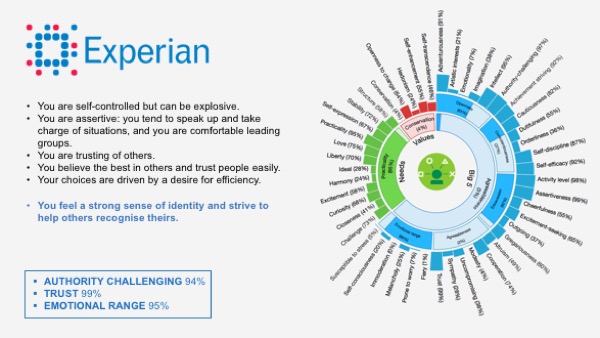


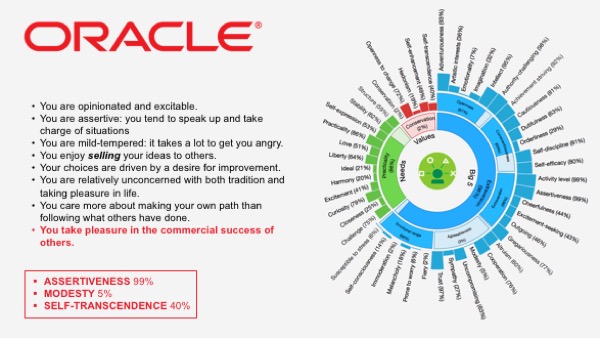

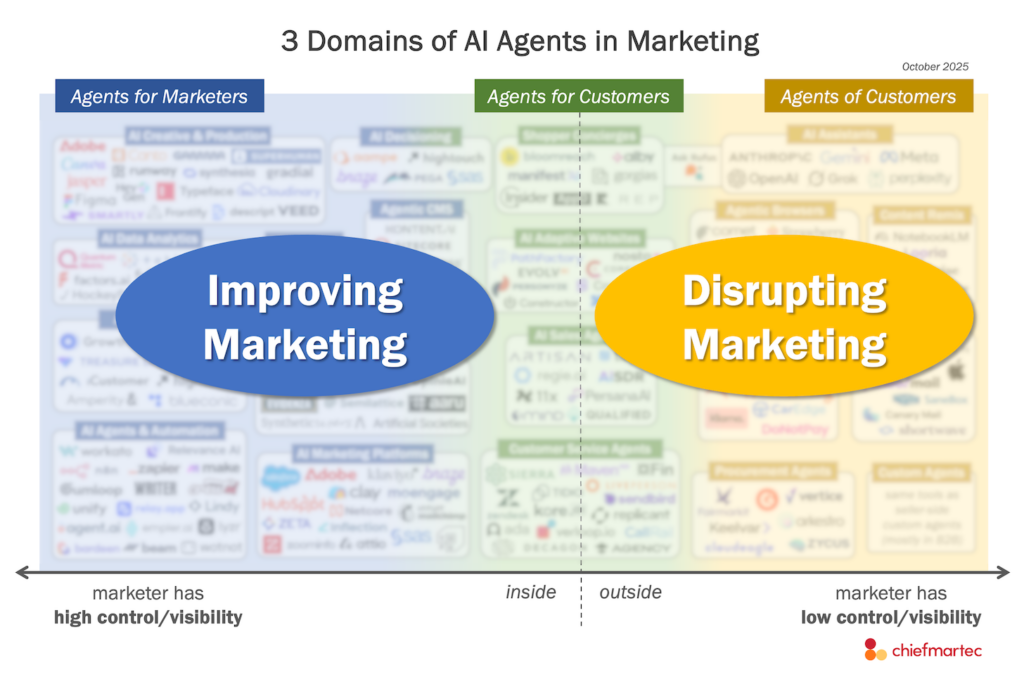

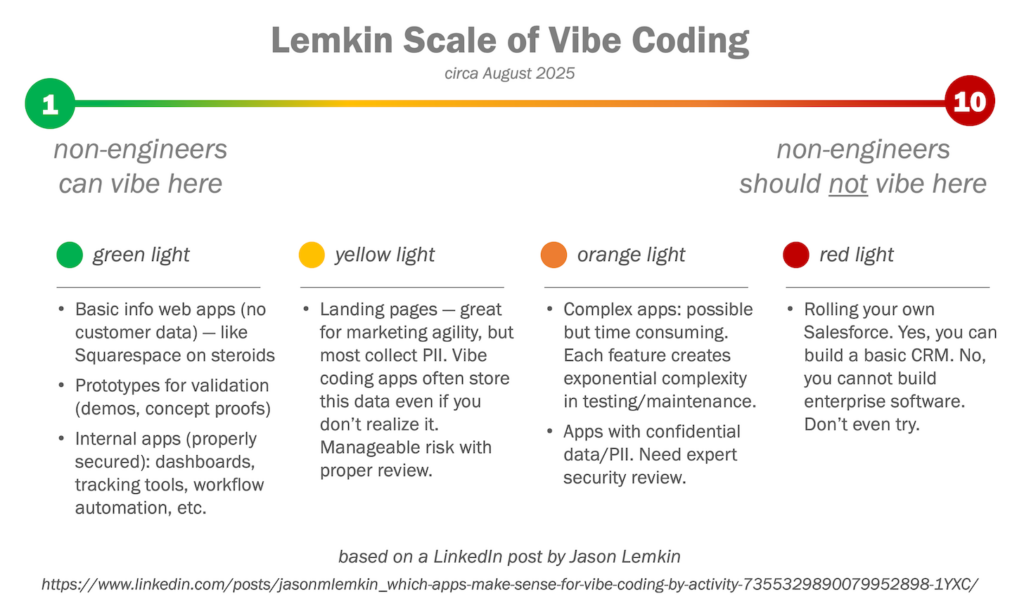
Scott what I like the best is single source for Sales, Marketing, Service, Communities and even Analytics. Solutions built to work together. So I’d love to hear your thoughts on shifting the mindset in that direction versus disparate systems connected via API calls.
One software suite to rule them all? Might as well include finance, ERP, and HR in there too, since those threads ultimately become entwined in the delivery of marketing, sales, and service.
I remain skeptical of “the God Application.” At some point, I think one piece of software becomes too big to be maintainable. In a world where changes seems to be accelerating, I think the market pressures on such a skyscraper would be unbearable.
However, I do think a centralized hub of customer data that many different applications can feed into and draw from is very achievable. Combined with better integration options, I think the future of best-of-breed software systems is bright.
But that’s just one software engineer’s opinion. 🙂
Great article Jeremy, completely understand brands desire to consolidate vendors. However the hub still remains organisationally centric rather than consumer centric.
Obviously bias (as I wrote on my companies blog), http://www.janrain.com/blog/2016-2018-the-marketing-hub-transition/, but I agree with Scott’s comment “I do think a centralized hub of customer data that many different applications can feed into and draw from is very achievable” how it’s solved from a solution point of view can be done a bunch of different ways. However as we move towards privacy by design getting that customer data consent layer will be just as key as abstraction layer.
Great write up!
I like the perspective of Rusty Warner from Forrester – we should look at digital marketing hubs and clouds like portfolios, not platforms. Just as you would include a sensible mix of investments in a financial portfolio, so should you look at your marketing technology. It would be arrogant to suggest that “one-size-fits-all”, but that doesn’t mean you shouldn’t focus on having a solid and trusted platform (that scales) to build upon.
I’m in agreement that for large enterprises, a single vendor isn’t possible today. That said, these firms should look for what I would call “linchpin” platforms to build around, and use the concept of pace layers and systems of insight / engagement.
Its pretty important to identify some of the things that do need to be centralized and those the can be distributed or federated. For example, data doesn’t necessarily need to be centralized, but if federated, it suggests there is proper design, knowledge, governance and controls on how and where its federated.
And things like rules, models, analytics – really need to be run by a single decision authority – a brain if you will – otherwise insights will be trapped in channel silos, and decisions will be inconsistent and worse, conflicting – leading to bad customer experiences.
Vince Jeffs – @vjeffs